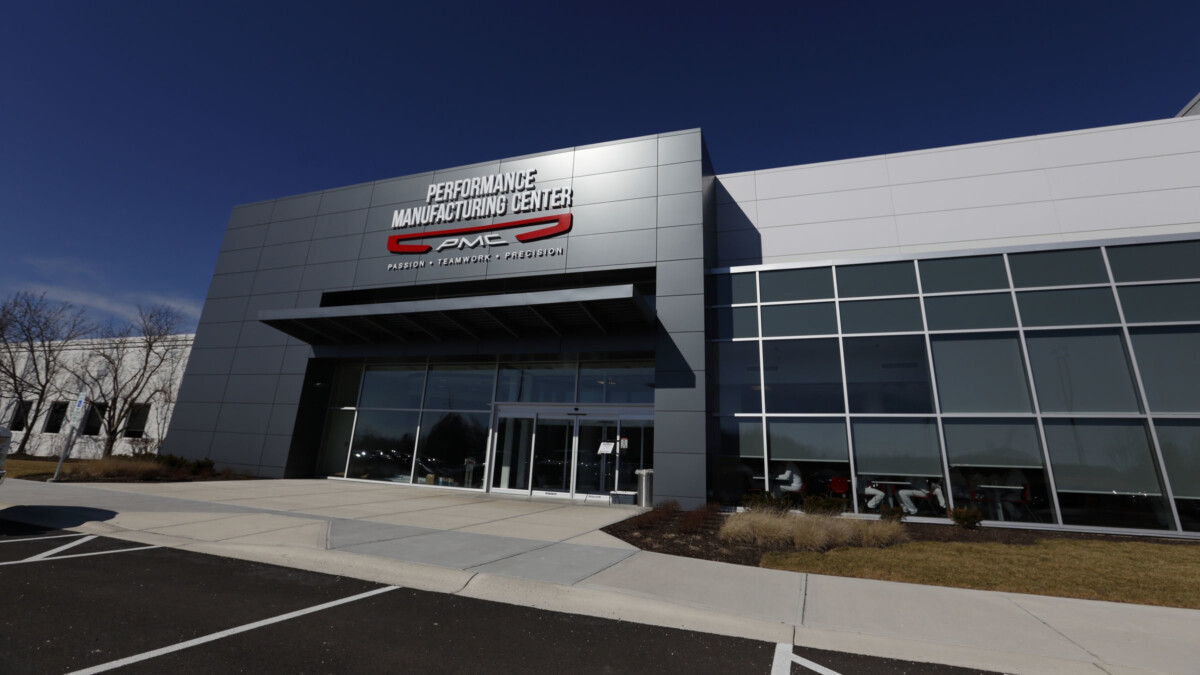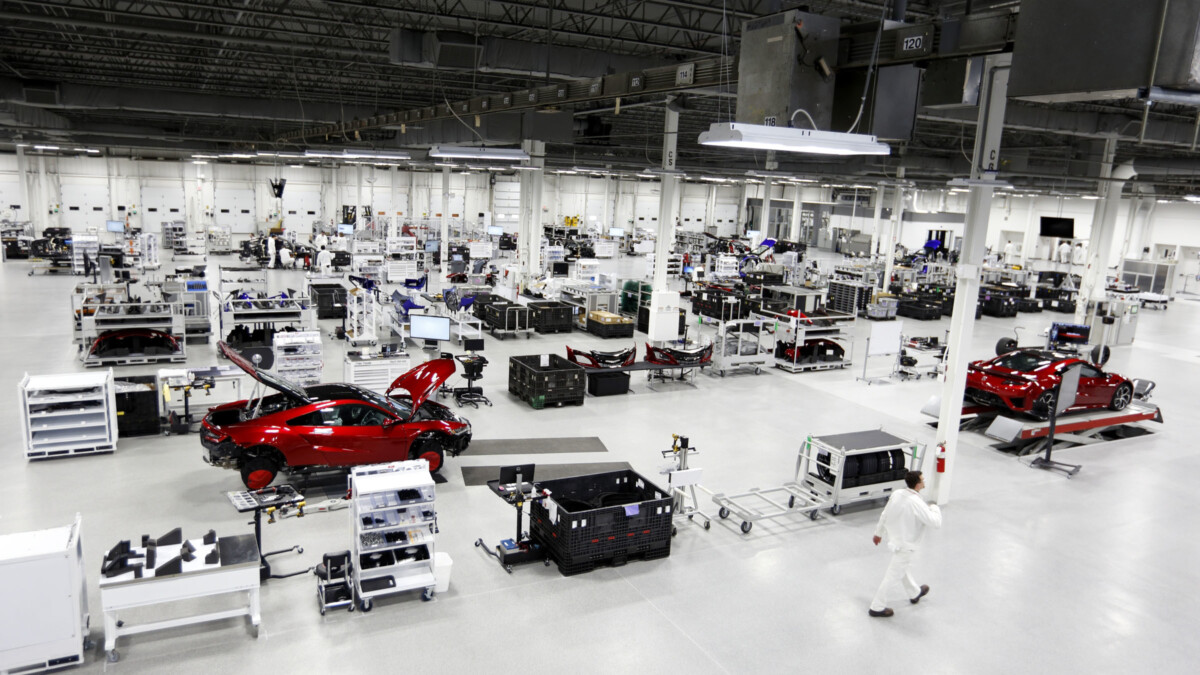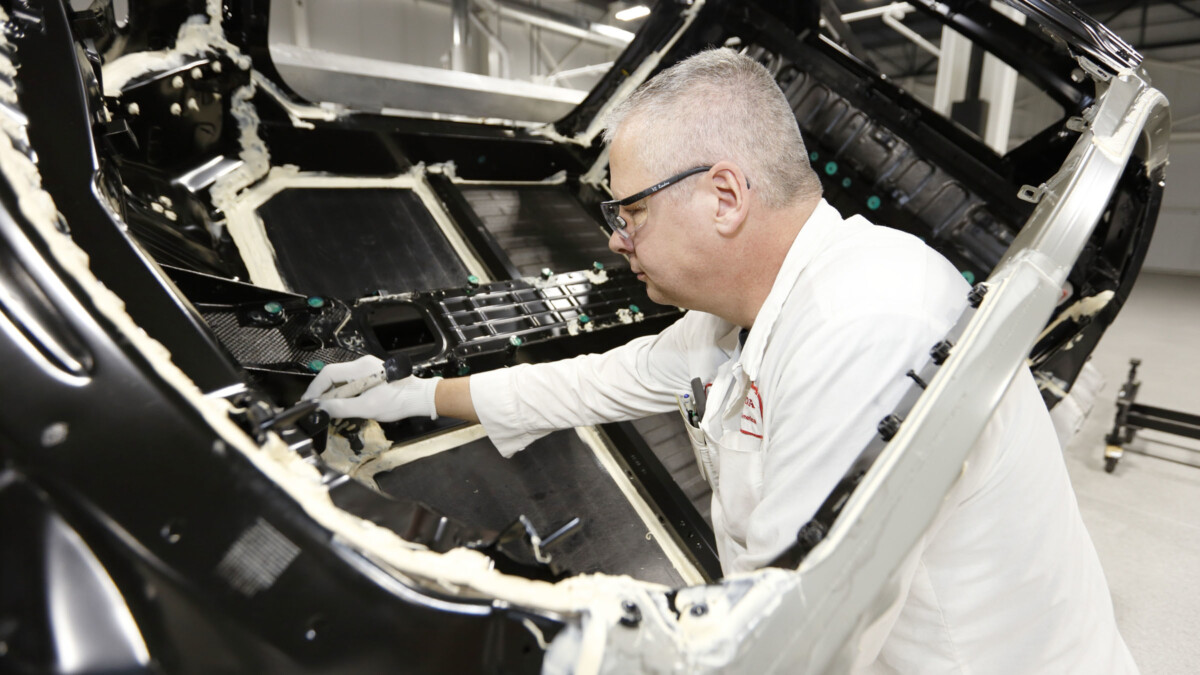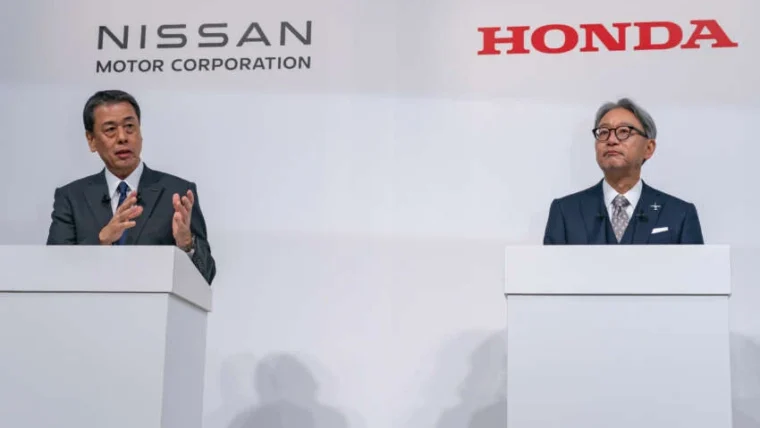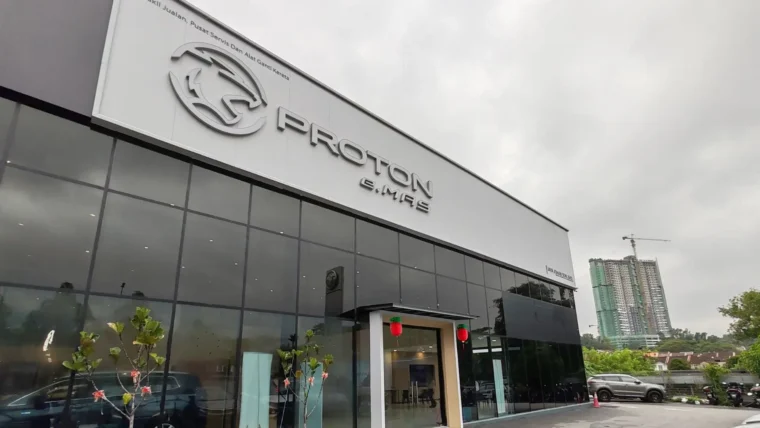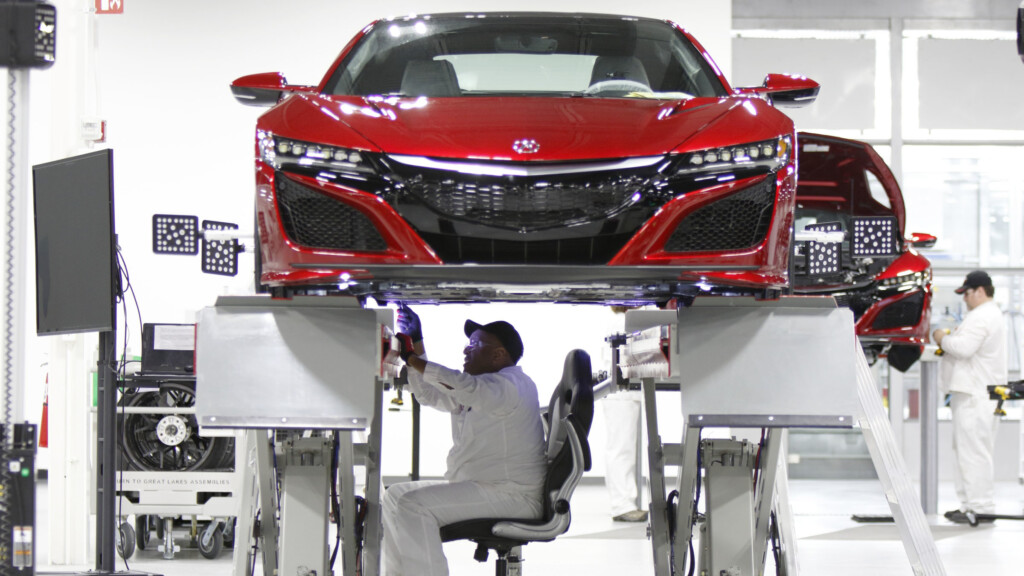
Honda has announced that they will begin production of the next generation NSX supercar in late April, with customer deliveries to commence thereafter.
The new Performance Manufacturing Center (PMC) is the exclusive global manufacturing facility for the all-new NSX supercar and is structured around an innovative blend of people and technology. Combining human craftsmanship and technological innovation, the PMC utilizes new approaches to vehicle construction, paint, assembly and quality.
The PMC is constructing the supercar entirely in-house and, like the NSX itself, is a clean-sheet development – a manufacturing facility designed around the NSX’s unique Multi-Material Body and aluminum-intensive space-frame design and optimized for low-volume production of high-performance specialty vehicles.
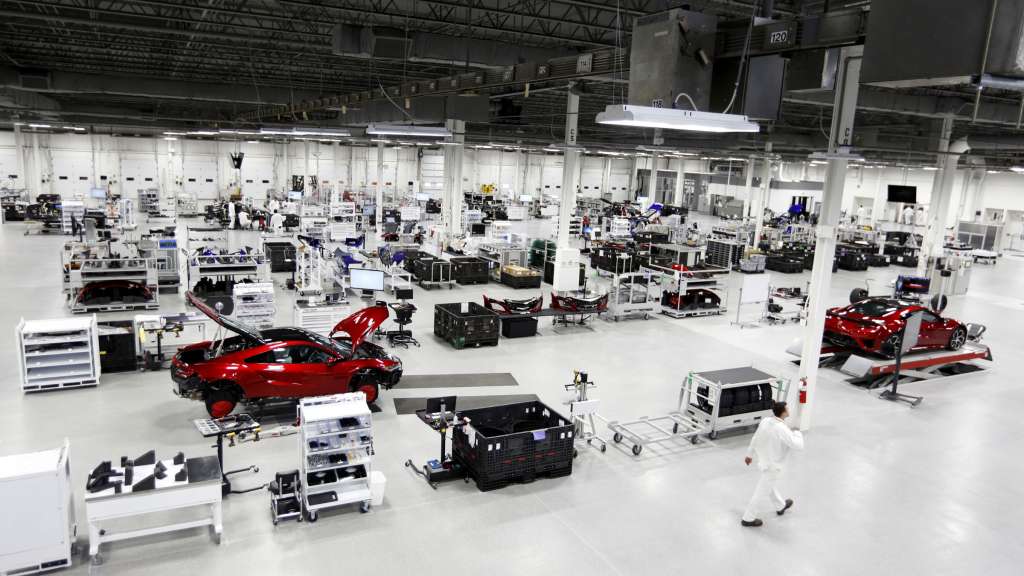
“All of the innovative thinking and hard work that has gone into the creation of this state-of-the-art manufacturing facility has fulfilled our goal to build a supercar in America,” said Clement D’ Souza, the engineering large project leader of the PMC, who managed the creation of the facility. “The incredible passion and challenging spirit of our highly skilled associates enabled us to develop and build a new supercar factory from the ground up simultaneously with the ground up creation of an incredible new supercar in the NSX.”
The PMC was designed to innovate both the means and the methods of producing low-volume specialty cars and to explore new ideas for next-generation Acura/Honda craftsmanship and quality. The efforts of PMC associates to innovate many areas of the NSX manufacturing process have led to the application for 12 U.S. patents. The PMC employs approximately 100 associates that support and are directly engaged in body construction, painting, final assembly and quality confirmation, working in concert with advanced robotics to build the NSX to the highest levels of quality and craftsmanship.
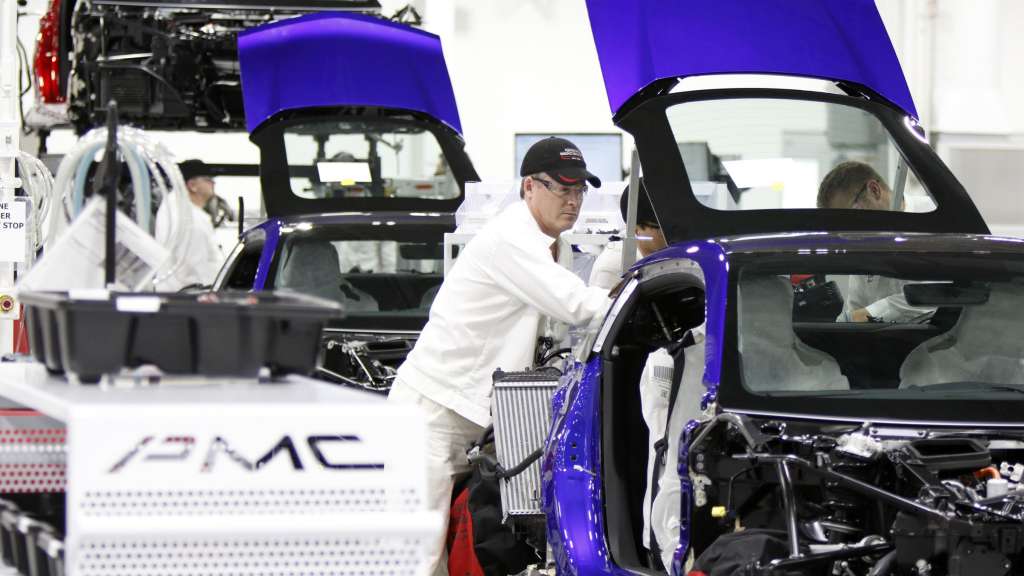
The NSX’s aluminum intensive space frame is constructed using advanced joining technologies. The multi-material space frame is created with 100% robotic MIG welding, an automobile industry first. 8 weld robots apply 860 MIG welds to the space frame, ensuring highly precise and repeatable welds and a highly accurate body.
360-degree-rotating rotisserie-style body fixtures aid precision by turning the body during the process to provide optimal access for the robotic weld arms.
There will be highly skilled weld technicians both visually inspect and take precise measurements of each part and at every stage of the welding process to validate the quality, precision and dimensional accuracy of the space frame, which is critical for both the dynamic performance of the vehicle and precise fitment of its powertrain, suspension, body panels and other components in assembly.
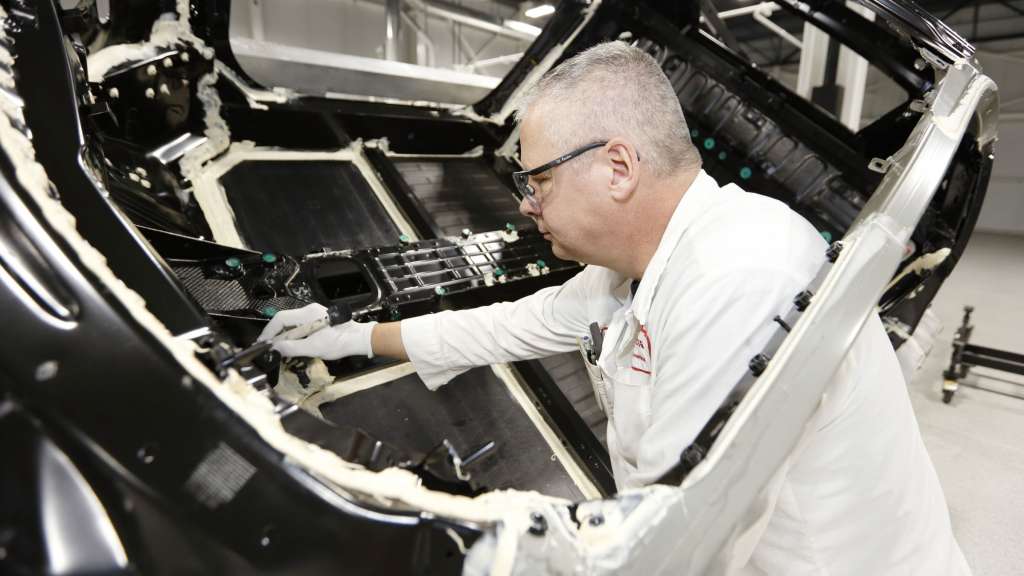
Besides robots, manufacturing technicians spend over 14 hours assembling the NSX powertrain, suspension, electronics, interior components and exterior body panels. Advanced visual operations standards aid technicians in ensuring that each process is performed to established requirements.
Critical bolts on the NSX are hand started by a PMC technician and tightened to precise tolerances using wirelessly enabled torque wrenches. This technology allows for the recording of torque settings for every bolt on every car, further ensuring quality in the assembly process.
Unlike conventional cars with unibody construction where exterior panels are attached in welding, the NSX utilizes a space frame design, so that the exterior body panels are actually the last parts to be installed on the car. This allows for the exterior panels to be installed at a high level of precision, achieving superior fitment and maintaining world-class paint finish.
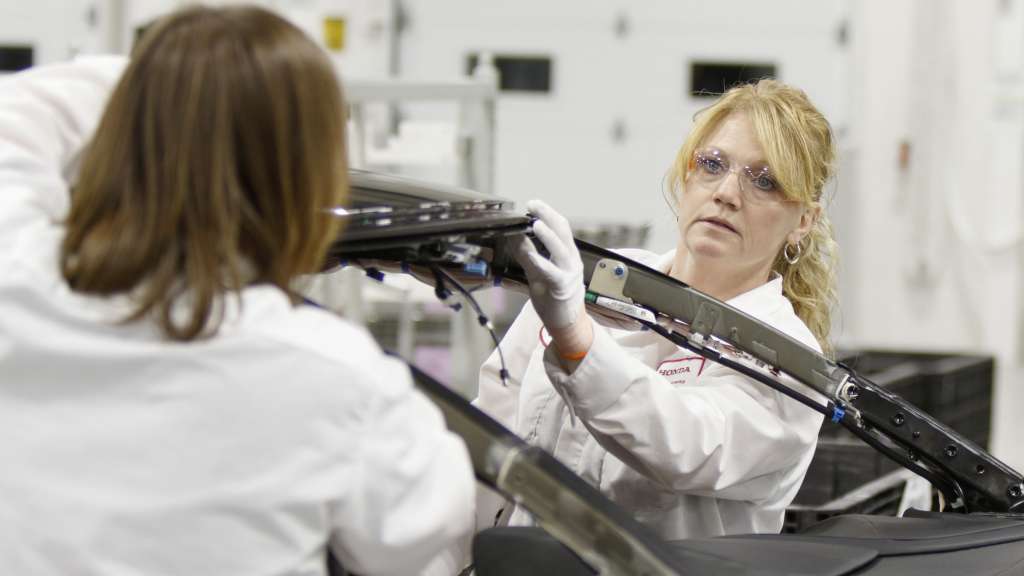
Meanwhile, the production of the NSX’s 3.5-litre twin-turbocharged V6 engine with dry sump lubrication is hand assembled by master builders at the company’s nearby Anna Engine Plant in Ohio. Each engine takes over 6 hours to assemble.
Each and every component is hand assembled and each of 547 bolts is hand started and manually tightened to precise torque tolerances.
Each NSX engine is machine balanced, bench tested and broken-in to the equivalent of 260km of service to ensure that every NSX engine is track-ready upon customer delivery.
The engine build process was benchmarked against the company’s race engineering programs to ensure the highest possible quality and performance standards were achieved.

The Performance Manufacturing Center. 
Carl Mason sits in the aligner chair during the wheel alignment process. Because the NSX is so low, associates would have had to be in a crouched position for long periods of time to perform its alignment. This special chair hangs on rails and allows an associate comfort while doing this 45-minute process. 
With no walls to separate departments, the Performance Manufacturing Center is focused on a one team atmosphere where associates have visual sight lines to all areas of the plant. 
Jon Osler connects the inner core at the Performance Manufacturing Center. 
Ernie Jamison applies sealer to an NSX body. The use of two rotisseries in the body sealing application process allows the body to be elevated and rotated 360 degrees ñ providing for more precise application of sealer and improved ergonomics for technicians. 
Jenny Purtee performs roof installation on the all-new Acura NSX.
Other posts by AF Newsdesk


